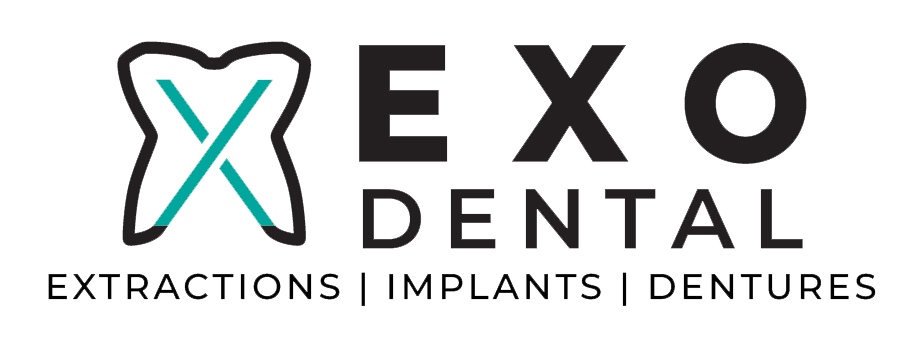Understanding Dental Extractions: Types, Indications, and Importance of Aftercare
To maintain good oral health, patients must prioritize regular dental checkups and maintain a consistent oral hygiene routine. However, under certain circumstances, specific dental treatments become necessary to prevent complications and preserve overall health. One such treatment is dental extractions―the removal of a tooth or teeth from the dental socket. This procedure may be required for a variety of reasons, such as crowded teeth, significantly damaged teeth, or severe infection. At our multi-specialty dental practice, we offer both simple and surgical extractions to support the individual needs of our patients, ensuring a comfortable and efficient experience.
Dental extractions fall into two primary categories: simple extractions and surgical extractions. Simple extractions are typically performed on teeth that are visible above the gum line and can be easily removed with specialized dental tools. In contrast, surgical extractions involve more complex cases, such as impacted teeth or teeth with complicated root structures, requiring a dental professional to create an incision in the gum tissue or remove some surrounding bone to extract the tooth.
Our aim in this blog post is to provide a comprehensive understanding of dental extractions, including the indications for different types of extraction procedures, and the crucial role that proper aftercare plays in promoting optimal healing, recovery, and overall oral health. By exploring dental extractions in-depth, we hope to empower our patients with the knowledge they need to make well-informed decisions about their dental care and recovery process.
Types of Dental Extractions
Before delving into the specifics of dental extraction aftercare, it's important to understand the different types of extractions a patient may undergo. These procedures fall into two main categories, each with its unique approach and requirements.
1. Simple Extractions
Simple extractions are the most common type of tooth removal procedure. They are performed on teeth that have erupted fully and are easily visible in the mouth. During a simple extraction, our dental professional will use a dental elevator to loosen the tooth and forceps to remove it from the socket. This procedure usually involves minimal discomfort and a straightforward recovery process.
2. Surgical Extractions
Surgical extractions are more complex procedures carried out when a tooth is not easily accessible, such as impacted teeth or teeth with severely curved or broken roots. During a surgical extraction, our dental professional will make an incision in the gum tissue, remove any bone obstructing the tooth, and sometimes even section the tooth to ease its removal. Surgical extractions typically require a longer recovery period than simple extractions and warrant diligent aftercare to ensure optimal healing.
Indications for Dental Extractions
Dental extractions may become necessary for several reasons, including but not limited to the following:
1. Severe Tooth Decay or Damage
When a tooth is severely decayed or damaged, restorative treatments like fillings, crowns, or root canals may not be enough to save the tooth. In these cases, extraction is necessary to prevent further complications and maintain oral health.
2. Advanced Periodontal Disease
Periodontal (gum) disease is a common cause of tooth loss in adults. When gum disease has reached an advanced stage, tooth-supporting bone and ligament structures may become irreversibly damaged, resulting in loose teeth that require extraction.
3. Tooth Impaction
Impacted teeth – teeth that do not erupt properly through the gum tissue – can cause discomfort, infection, and damage to surrounding teeth. The most common impacted teeth are the wisdom teeth (third molars), often requiring extraction to prevent complications.
4. Orthodontic Treatment
In cases of overcrowding or misalignment, dental extractions may be recommended as part of an orthodontic treatment plan to create space for teeth to shift into proper alignment.
The Importance of Proper Aftercare
After a dental extraction, proper aftercare is essential for a successful recovery and overall oral health. Following your dentist's post-operative instructions closely will help prevent complications such as infection, dry socket, or excessive bleeding, and promote timely healing.
1. Blood Clot Protection
Following a tooth extraction, a blood clot will form in the socket to aid in healing. It is crucial to protect this clot and avoid dislodging it, as doing so may lead to a painful condition known as dry socket. To safeguard the blood clot:
- Avoid rinsing, spitting, or using a straw for 24 hours after the extraction
- Do not smoke or use tobacco products
- Refrain from vigorous activity for a few days
2. Managing Pain and Swelling
Some degree of pain and swelling is expected after tooth extraction. To manage discomfort and minimize inflammation:
- Take prescribed or over-the-counter pain medications as directed
- Apply ice packs to the affected area in a 20 minutes on, 20 minutes off pattern for the first 24 hours
- Keep your head elevated while resting
3. Oral Hygiene and Nutrition
Maintaining good oral hygiene is important for preventing infection and promoting healing. While being careful around the extraction site:
- Gently brush your teeth, avoiding the area of extraction for the first 24 hours
- Rinse with warm salt water beginning the day after the procedure
- Consume a soft-food diet in the first few days after extraction, gradually reintroducing solid foods as comfort permits
Conclusion
Dental extractions may be necessary for various reasons, and understanding the different types and indications can help patients prepare for treatment. Equally important, adhering to proper aftercare protocols is crucial to ensuring a successful recovery and optimal oral health. The dedicated team at our multi-specialty dental practice is committed to providing patients with a safe and comfortable extraction experience, along with comprehensive guidance for all facets of aftercare. Trust our team at Exo Dental with your
dental extraction needs and move forward confidently on your journey towards a healthy, vibrant smile.
Don't hesitate to contact Exo Dental in Rogers to discuss your tooth removal and oral surgery options. Hablamos Español.

